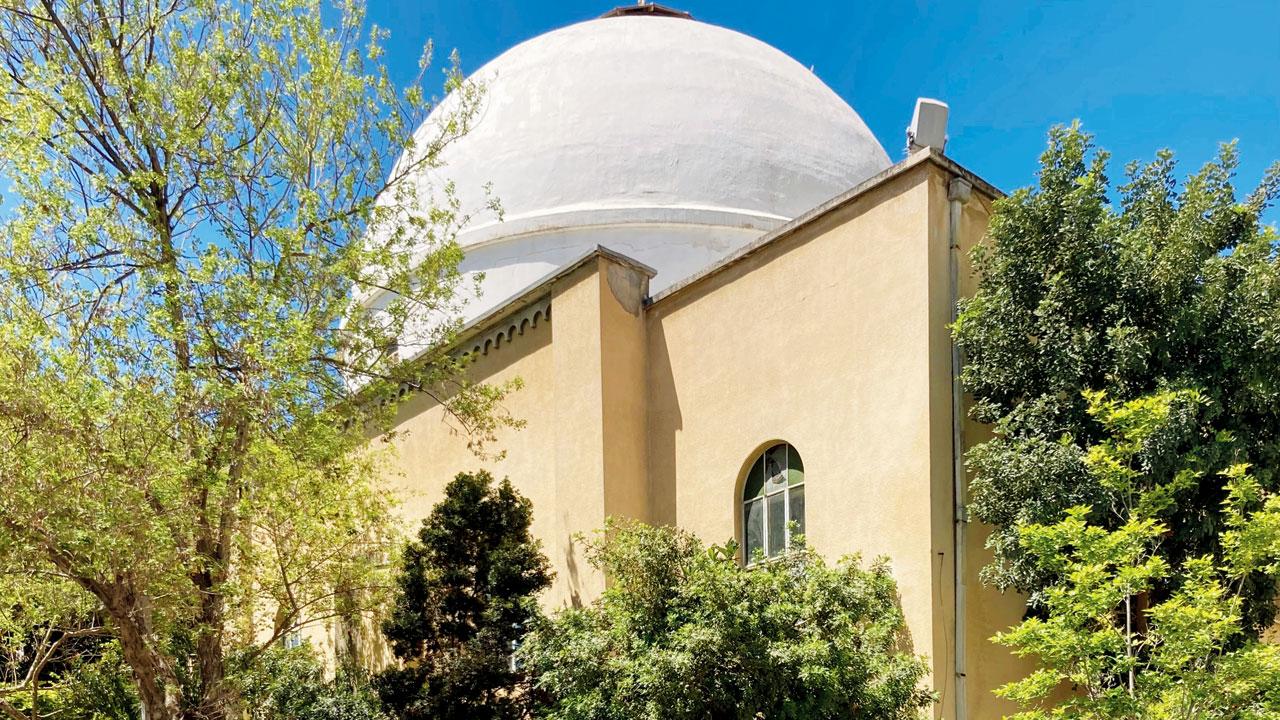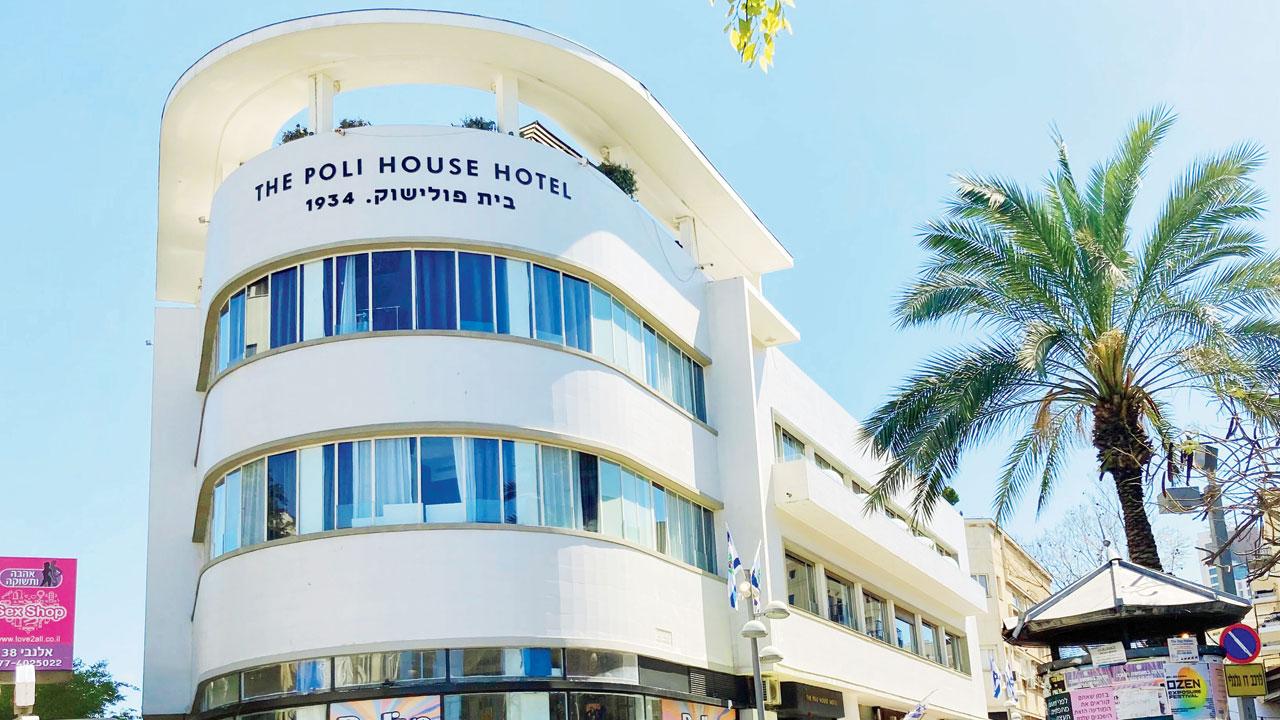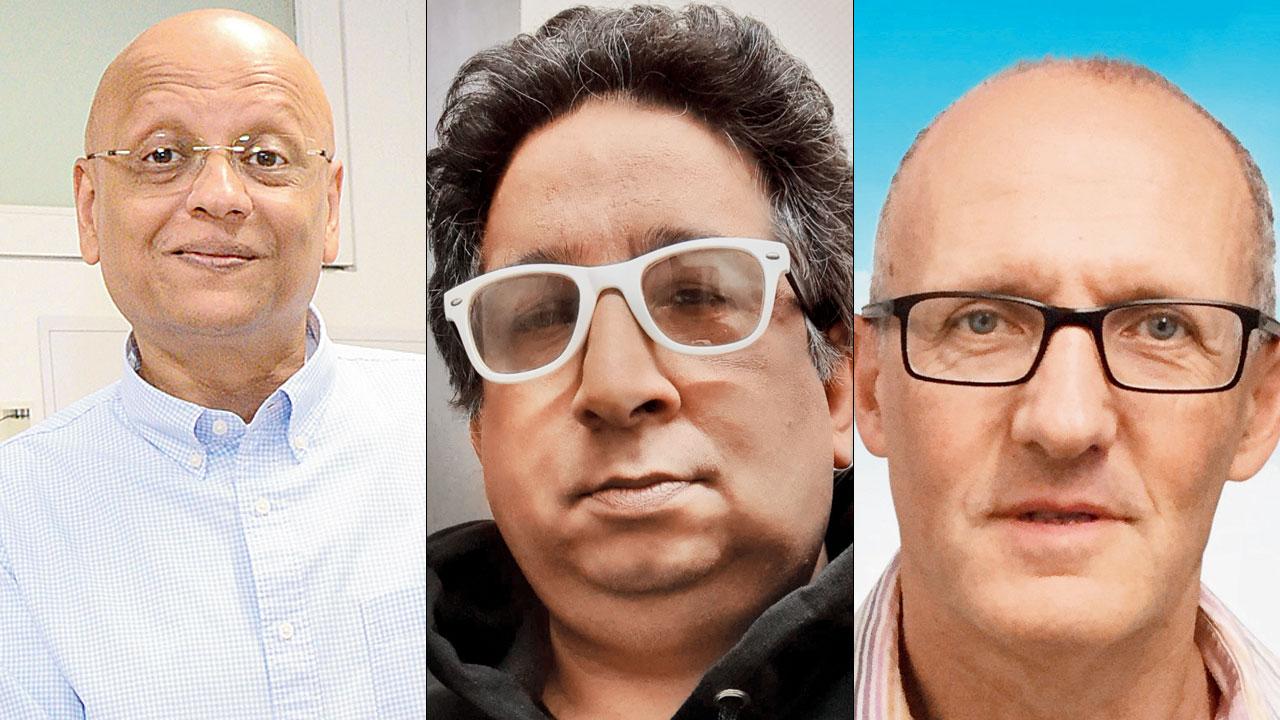What connects two cities that are separated by over 4,000 km? A new exhibition compares how Mumbai and Tel Aviv house two distinct architectural styles that are strikingly similar

Eros Cinema, Churchgate
In the 1930s, in two different corners of the world, Mumbai (then Bombay) — and Tel Aviv were witnessing a spurt of new, modern buildings, fuelled by a high demand for housing. In Bombay, Art Deco buildings started dotting the landscape. Meanwhile, in Tel Aviv, an avant garde style of architecture — called the Bauhaus or international style — began taking shape. Perhaps unknown to the architects of the era, the two distinct architectural styles, although separated by a distance of over 4,000 km, are strikingly similar. And a new exhibition in the city will capture these resemblances, and contrasts.
ADVERTISEMENT

Synagogue Tiferet Zvi, Tel Aviv
Art Deco x Bauhaus: Architecture Moderne will feature nearly 28 panels of photographs of buildings from both the cities. It is presented by Art Deco Mumbai, the Consulate General of Israel, Mumbai, and Bauhaus Center Tel Aviv, in association with Sir JJ College of Architecture. The initiative also marks 30 years of diplomatic relations between the two countries. Atul Kumar, founder trustee, Art Deco Mumbai, shares that the idea is to create an urban dialogue between Tel Aviv and Mumbai. “Both the cities are along the sea and were developing around the same time in the ’30s. Both are UNESCO World Heritage Sites, too. Despite the same timelines, the architectural styles are dramatically different. Yet, the two urban sprawls — the Art Deco precinct in Mumbai and White City, Tel Aviv — have so many similarities,” he adds.

Sea Green Hotel, Marine Drive
Taking us through the history of Bauhaus, Dr Micha Gross, the founder of Bauhaus Center Tel Aviv, explains that after World War 1, there was a revolution in Europe — not only in the political sense, but in the aesthetic sense, too. “Ideas of democracy spread across Europe. We see this change reflected in the architecture — the buildings don’t show decorations anymore, or differences between social layers and classes,” he informs us.

The Poli House Hotel, Tel Aviv. Pics Courtesy/Art Deco Mumbai, Bauhaus Center Tel Aviv
Tel Aviv’s Bauhaus architecture reflects this approach. But how did this modernist style travel to Israel? “This was connected to the situation in Germany when the Nazi government rose to power. Several Jews fled to Israel [among other places]. So, there was a need to construct dwellings to house the refugees,” Dr Gross tells us. Simultaneously, Bauhaus, a leading design school in Germany, had to shut during the Nazi regime, reveals professor and curator Mustansir Dalvi. “A lot of the people involved in the Bauhaus were Jewish. Many of them moved out of Germany and settled in places like Tel Aviv, where they set up their architectural practices, constructing avant garde buildings.”

Atul Kumar, Mustansir Dalvi and Dr Micha Gross
At the exhibition, the photographs are curated across typologies and themes, including hotels, schools, offices, residential buildings and the usage of reinforced concrete construction (RCC), so that viewers can make a comparative study. Each panel is accompanied by notes penned by Dr Gross and Dalvi that set the context. The duo remark that it’s astonishing how these styles are so different, and yet so similar. “What this exhibition shows us is that it’s not only Bombay or Tel Aviv, but all over the world, it was a period of great optimism,” Dalvi signs off.
Till: June 22; 11 am to 6 pm (Monday to Friday); seminar at 3.40 pm today
At: Claude Batley Hall, Sir JJ College of Architecture, Fort.
Log on to: @artdecomumbai
On: Instagram to register for the seminar
 Subscribe today by clicking the link and stay updated with the latest news!" Click here!
Subscribe today by clicking the link and stay updated with the latest news!" Click here!







